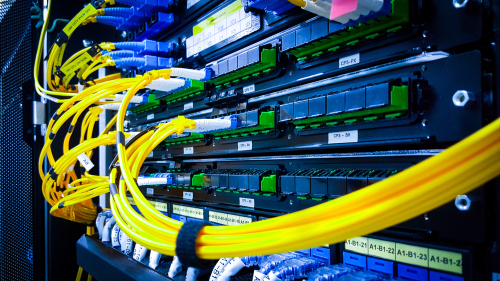Mobile technology is an industry which is constantly evolving. The 4G networks of today are upgraded to 5G. This will make them faster than they have ever been.
The newer network generations enable the most innovative applications and devices. Cellular technologies are evolving, and older devices will be replaced.
1G
Since the first cellular phone networks launched in the 1980s, each new generation of mobile network technology has brought higher speeds and improved quality. Each new technology generation has its own advantages and unique characteristics.
1G was a first generation mobile phone network which utilized analogue technology. The users could only make voice calls. The 2G network introduced digital voice-over-text as well as digital messaging.
The 2.5G network also included the ability to switch packets using GPRS/EDGE. The 2.5G networks paved the path for high speed mobile data applications. However, there are limitations on how fast mobile data can connect. The limitation can be imposed through data usage restrictions as well as caps on hotspots, and video speed slowdown.

2G
2G brought data transfer in addition to voice to enable SMS. Data transfer, through the same control channels that were used to make voice calls, enabled users to transfer text messages and pictures between mobiles. This feature has been so effective that it has totally revolutionized the way we communicate. Also, viettel ho chi minh candy bar-style phones such as the Nokia 3210 sold over 160,000,000 units.
With 3G networks rolling across the globe, people are now able to use mobile internet to browse websites and run basic apps. This also opened the door for advanced features such as HD Videoconferencing and Mobile TV.
The networks enabled speedier data transfer, which enabled advanced capabilities such as HD mobile television and video conferences. This also allowed to create mobile IoT apps like NB IoT as well as LTE M.
3G
With the growing popularity of smartphones, it was evident that the 2G network wasn’t enough to handle the volume of data. It became clear that 2G was not enough to handle the data traffic.
GSM networks evolved from analog to digital technology during the 90s. This was the beginning of 3G networks.
3G offered a significantly greater speed of data transmission than prior networks. The 3G network allowed internet access on mobile devices. This enabled businesses to remain connected on the move.
The final phase of the 3G era is coming and many major carriers will shut down their old networks to make way for 4G LTE. Home alarms, GPS and mobile phones are likely to be affected. As a result it is important to take the necessary steps to keep your hardware running smoothly, and prepare for the changes.
4G
This 4G network evolution will revolutionize our world. This new technology in mobile connectivity enables speedier data transmission, greater connections density, and reduced latency.
In a world where 3G networks are already overloaded with users and speeds for data are low, 4G provides a level of quality which allows games on the move, HD Mobile TV, video conference as well as IP Telephony. To accomplish this, 4G employs beamforming with directional antennes in order to maximize Ricean factor gains and improve SNR.
The smartphone has been a major factor in the development of 4G. Smartphones have been a major driver of the 4G ecosystem. The expectation is that this device will also allow intelligent innovation across a variety of industries. These innovations will aid companies in improving their efficiency while lowering cost. These innovations will also help to improve people’s standard of living across all over the world.
5G
When newer and stronger technologies come to market and are released, they’ll make an unanticipated influence on how we live our lives. As an example, the 5G network will be low-latency and will be able to handle huge quantities of data. This means buffering on streaming and virtual reality applications may soon become a thing in history.
The way 5G can achieve such fast speeds is by using millimeter-wave (mmWave) frequencies, which can carry more data than other radio waves. In addition, it uses beamforming in order to concentrate on devices that are stronger and consume less power.
As with other generations before, the mobile industry is also expected to continue evolving with the introduction of new services and the speed of processing increases. But this time, this change could be more dramatic.
